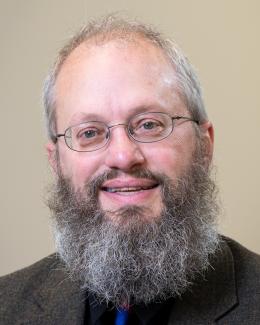February 14, 2018 – Researchers are looking to neutrons for new ways to save fuel during the operation of filters that clean the soot, or carbon and ash-based particulate matter, emitted by vehicles.
A team of researchers from the Energy and Transportation Science Division at the Department of Energy’s Oak Ridge National Laboratory is studying soot and ash collection and removal in particulate filters with neutron imaging, a technique sensitive enough to detect fine layers of material. Using the Neutron Imaging Facility instrument, beamline CG-1D, at ORNL’s High Flux Isotope Reactor, they are investigating the structure of particulate layers generated by a series of gasoline fuels.
Since 2007, U.S. emissions regulations have required particulate filters to control soot from diesel vehicles. Now, researchers are investigating how to use these filters for gasoline direct-injection engines, which release particles even smaller than those produced by diesel-powered engines. The ORNL team set out to decipher the differences between the ways diesel and gasoline particulates interact with the filters and learn how best to manage filter operation in both categories.
“The purpose of our research is enabling more fuel-efficient vehicles, whether that’s understanding how the soot regenerates in diesel vehicles to improve fuel economy, or evaluating how a future gasoline filter would handle soot,” said ORNL’s Todd Toops.
Because soot particulates have a carbon base, filters can be restored to their original states by removing carbon-based material through heat treatments and oxidation methods, which researcher Charles Finney said are “comparable to those of a self-cleaning oven.” The removal process, known as “regeneration,” requires additional fuel injection that reduces fuel efficiency.
In addition to problems with efficient soot regeneration, the researchers face challenges with ash-based particulates, which cannot be regenerated with heat treatments. These metal oxide particles accumulate in the filter over time and clog some of the filter pores. As a result, the team seeks to understand how ash levels affect soot collection.
Their strategy involves successively oxidizing more and more particulate matter within the particulate filters to see how the regeneration progresses and how the ash accumulates.
“A key result of our neutron study will be to observe how the particulate matter layer is removed during successive oxidation steps,” said researcher Melanie DeBusk. “The images generated from this work will allow us to look at how the thickness of the layer changes throughout these oxidation stages.”
As they continue studying carbon and ash-based particulate interactions, the researchers hope their findings could have profound implications for cleaner, safer vehicles.
The research is supported by DOE’s Office of Energy Efficiency and Renewable Energy, Vehicle Technologies Office. HFIR is a DOE Office of Science User Facility. UT-Battelle manages ORNL for the DOE Office of Science. The Office of Science is the single largest supporter of basic research in the physical sciences in the United States and is working to address some of the most pressing challenges of our time. For more information, please visit http://energy.gov/science/.—by Elizabeth Rosenthal





